Head-to-Toe Designer: Is It Worth the Investment?
The allure of head-to-toe designer dressing is undeniable. Imagine gliding through life draped in the meticulously crafted creations of a single, iconic brand. The visual symphony of coordinated logos, the implicit statement of refined taste, and the undeniable prestige – it’s a captivating image. But beyond the glossy magazine spreads and carefully curated Instagram feeds, lies a crucial question: is investing in a head-to-toe designer look truly worth the considerable financial outlay?
This article delves into the complex landscape of designer fashion, exploring the multifaceted aspects of opting for a complete brand experience. We will examine the potential benefits, dissect the inherent drawbacks, and ultimately, provide a nuanced perspective to help you decide whether committing to a head-to-toe designer wardrobe aligns with your personal style, financial goals, and overall lifestyle.
The Siren Song of Brand Identity: A Powerful Allure
The appeal of head-to-toe designer dressing stems from a potent combination of factors, primarily rooted in the power of brand identity. Luxury brands are masters of storytelling, crafting compelling narratives around their history, their creative vision, and the aspirational lifestyle they represent. Wearing a complete ensemble allows individuals to seamlessly integrate themselves into this narrative, projecting a specific image of success, sophistication, and discerning taste.
Consider the iconic Chanel suit. It’s more than just clothing; it’s a symbol of female empowerment, timeless elegance, and Parisian chic. A head-to-toe Chanel look, complete with the quilted bag, the tweed jacket, and the perfectly placed pearls, allows the wearer to embody these qualities, instantly communicating a carefully constructed persona. Similarly, a complete Gucci ensemble, characterized by bold prints, vibrant colors, and maximalist accessories, projects an image of confidence, individuality, and unapologetic self-expression.
The power of visual recognition is another significant factor. Designer brands invest heavily in cultivating recognizable motifs, signature silhouettes, and distinctive logos. Wearing a head-to-toe look maximizes the visibility of these elements, ensuring immediate recognition and signaling membership within a select group of individuals who appreciate and can afford to partake in this level of luxury. [1]
The Potential Perks: Beyond the Price Tag
Beyond the superficial allure of status and recognition, there are potential benefits to investing in a complete designer look.
- Curated Style: One of the most significant advantages is the inherent stylistic coherence that comes with wearing a head-to-toe look from a single designer. The creative director of the brand has meticulously crafted a specific aesthetic, ensuring that each piece complements the others, creating a harmonious and visually appealing ensemble. This eliminates the guesswork and potential missteps that can occur when mixing and matching pieces from different brands. The result is a polished and effortlessly chic look that exudes confidence and sophistication.
- Quality and Craftsmanship: While not universally true, designer brands are often associated with superior quality and craftsmanship. From the selection of premium materials to the meticulous attention to detail in the construction process, designer garments are often made to last, offering longevity and durability that fast-fashion alternatives simply cannot match. Investing in a head-to-toe designer look, therefore, can be seen as an investment in enduring quality, a departure from the cycle of constant replacement often associated with lower-priced clothing. [2]
- Investment Value (Potentially): Certain pieces from iconic designer brands can appreciate in value over time, becoming coveted vintage items or collector’s pieces. Investing in a classic Chanel handbag, a vintage Hermès scarf, or a limited-edition designer collaboration can potentially yield a return on investment in the long run. However, this requires careful research, a deep understanding of the market, and a willingness to properly care for and preserve the pieces. It’s crucial to remember that fashion investments are highly speculative and not guaranteed to generate profits.
- The “Feel-Good” Factor: There’s no denying the psychological boost that comes from wearing clothes that make you feel confident and empowered. For some individuals, investing in a head-to-toe designer look can provide a significant boost to their self-esteem, allowing them to project an image of success and confidence that resonates both internally and externally. This “feel-good” factor can translate into improved performance in both personal and professional settings.
The Pitfalls and Perils: Navigating the Designer Minefield
Despite the potential benefits, committing to a head-to-toe designer wardrobe is not without its inherent drawbacks. Careful consideration of these potential pitfalls is crucial before taking the plunge.
- The Exorbitant Cost: The most obvious and significant drawback is the sheer expense. Designer clothing, accessories, and footwear come with a hefty price tag, often far exceeding the budget of the average consumer. Investing in a complete designer look can quickly drain your finances, potentially sacrificing other important financial goals, such as saving for retirement, paying off debt, or investing in real estate. [3] It’s crucial to assess your financial situation realistically and determine whether you can comfortably afford the investment without compromising your long-term financial security.
- Lack of Versatility: Wearing a head-to-toe designer look can often limit your versatility and creativity in styling. The inherent coherence of the brand’s aesthetic can become restrictive, preventing you from experimenting with different styles or incorporating pieces from other brands that might better reflect your individual personality. You risk becoming a walking advertisement for the brand, rather than a unique expression of your own personal style.
- The “Trendy” Trap: Fashion is inherently cyclical, and trends come and go with alarming speed. Investing heavily in a specific designer look that is currently popular can be a risky proposition, as the style may quickly become outdated, leaving you with a wardrobe full of expensive clothes that no longer feel relevant or fashionable. It’s essential to consider the timelessness of the pieces and whether they will retain their appeal beyond the current season.
- The Pressure to Keep Up: Once you’ve committed to a head-to-toe designer look, there can be a subtle pressure to constantly update your wardrobe with the latest collections and trends. This can lead to a cycle of endless consumption, driven by the desire to maintain your status as a “true” devotee of the brand. It’s crucial to resist this pressure and focus on building a wardrobe that reflects your personal style, rather than blindly following the dictates of fashion.
- Potential for Looking “Try-Hard” or Inauthentic: If not executed carefully, a head-to-toe designer look can come across as contrived or inauthentic. It’s essential to wear the clothes with confidence and ease, making them your own rather than simply trying to emulate the models in the brand’s advertising campaigns. An overly studied or self-conscious approach can detract from the overall effect, making you appear more like a mannequin than a stylish individual.
- The “Brand Snobbery” Perception: Unfortunately, wearing a head-to-toe designer look can sometimes lead to negative perceptions, particularly among those who are not familiar with or appreciative of luxury fashion. You may be perceived as being elitist, materialistic, or simply out of touch with reality. It’s important to be mindful of these potential perceptions and to avoid projecting an air of superiority or condescension.
Alternatives to the All-Encompassing Designer Embrace
For those who appreciate designer fashion but are wary of the drawbacks of a head-to-toe commitment, there are several viable alternatives.
- Strategic Investment Pieces: Instead of buying an entire outfit from a single designer, focus on investing in a few key pieces that will elevate your existing wardrobe. A classic designer handbag, a well-tailored blazer, or a pair of statement shoes can add a touch of luxury and sophistication without breaking the bank. These investment pieces can be mixed and matched with more affordable items, creating a personalized and stylish look that doesn’t feel overly contrived.
- Mixing High and Low: Embrace the art of mixing high-end designer pieces with more affordable items from contemporary brands or vintage stores. This allows you to express your individual style without sacrificing quality or breaking the bank. The key is to choose pieces that complement each other in terms of color, texture, and silhouette, creating a cohesive and visually appealing ensemble.
- Renting Designer Pieces: For special occasions or events, consider renting designer clothing or accessories. This allows you to experience the luxury of designer fashion without the commitment of ownership. Several online platforms offer a wide range of designer rentals, providing a cost-effective and sustainable way to indulge in high-end fashion.
- Focus on Quality and Fit: Instead of obsessing over brand names, prioritize quality and fit. Well-made clothing that fits perfectly will always look more stylish and sophisticated than ill-fitting designer pieces. Invest in tailoring services to ensure that your clothes flatter your figure and enhance your overall appearance.
- Develop Your Own Personal Style: Ultimately, the most important thing is to develop your own personal style, rather than blindly following fashion trends or adhering to the dictates of a single designer. Experiment with different styles, colors, and silhouettes to discover what makes you feel confident and comfortable. True style is about expressing your individuality, not simply wearing expensive clothes.
Conclusion: A Matter of Personal Choice and Prudent Assessment
The question of whether investing in a head-to-toe designer look is “worth it” is ultimately a matter of personal choice. There is no right or wrong answer. It depends on your individual financial situation, your personal style, your lifestyle, and your overall priorities.
If you have the financial means to comfortably afford it, appreciate the craftsmanship and quality of designer clothing, and enjoy the feeling of confidence and sophistication that comes with wearing a complete brand ensemble, then a head-to-toe designer look may be a worthwhile investment for you.
However, if you are on a tight budget, prioritize practicality and versatility, or prefer to express your individuality through a more eclectic and personalized style, then investing in a complete designer wardrobe may not be the best use of your resources. There are plenty of alternative ways to achieve a stylish and sophisticated look without breaking the bank.
Ultimately, the key is to approach the decision with careful consideration, realistic expectations, and a clear understanding of your own personal needs and preferences. Don’t be swayed by the allure of brand names or the pressure to conform to fashion trends. Instead, focus on building a wardrobe that reflects your individual style, enhances your confidence, and makes you feel good about yourself. Whether that wardrobe includes head-to-toe designer attire or a carefully curated mix of high-end and affordable pieces, the most important thing is that it authentically represents you.
References
[1] Hennigs, N., Wiedmann, K. P., Klarmann, C., Strehlau, S., Godey, B., Pucetti, M., … & Oh, H. (2012). What is the value of luxury? A cross-cultural consumer perspective. Psychology & Marketing, 29(12), 1018-1034. [2] Fletcher, K. (2008). Sustainable fashion and textiles: Design journeys. Earthscan. [3] Domowitz, I., & Sartain, R. L. (1999). Determinants of financial distress. The American Economic Review, 89(1), 162-173.


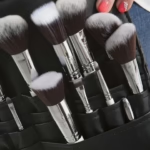









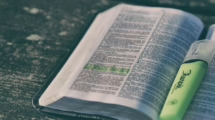
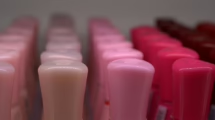
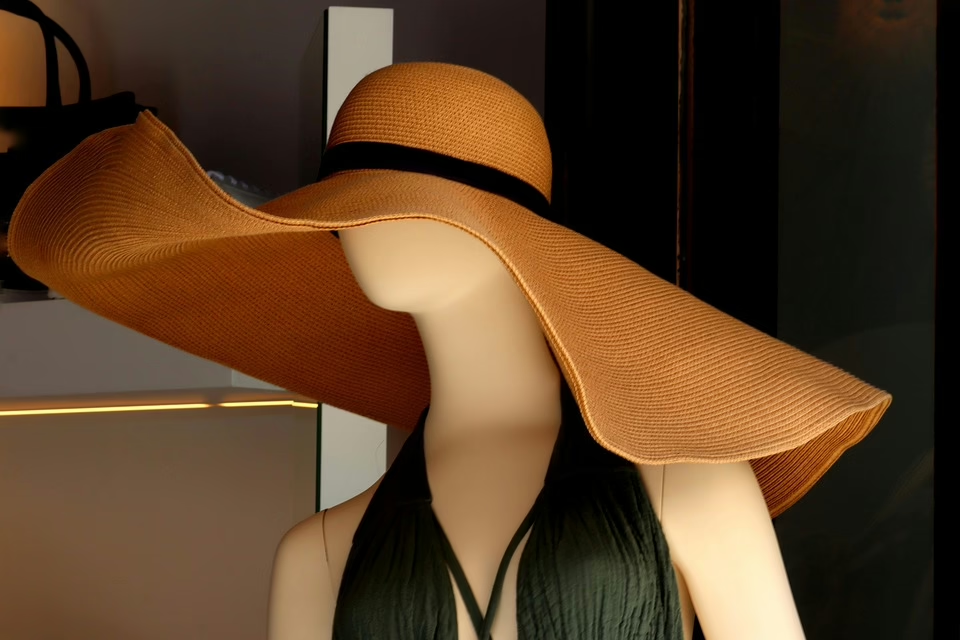
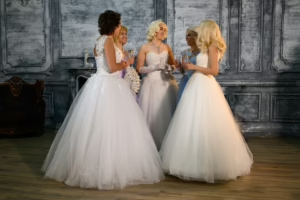

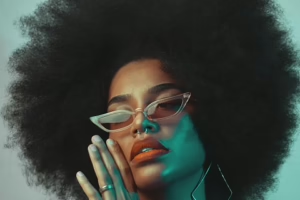
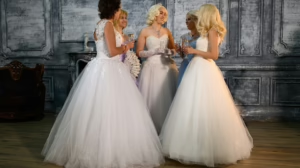

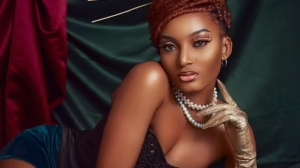




Add Comment